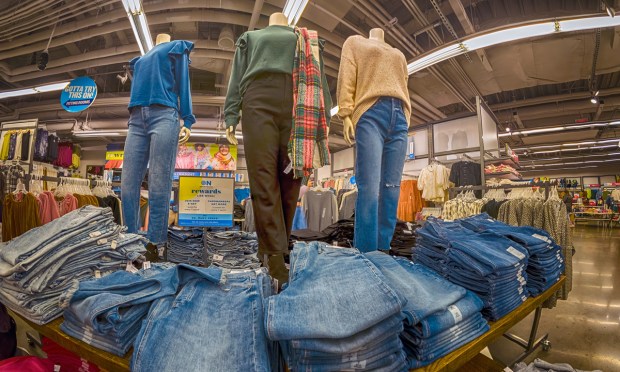How Old Navy Is Trying to Capture Back-to-School Spend

Consumers’ spending behavior has slowed down, which is causing concern among retailers. Although they are still making purchases, the rate at which they are doing so falls short of what retailers desire.
To address this challenge, brands and retailers are focusing on refining their product offerings and finding new ways to engage with consumers effectively. Retailers are expanding stores and brands are enhancing the quality of their product, and while the avenues may be different the goal is the same: To move away from the traditional model of simple acquisition toward the creation of unique and lasting experiences for consumers.
As the back-to-school (BTS) season approaches, Old Navy is among the latest retailers to demonstrate its commitment to acquire and retain customers through product quality measures. With its latest launch, the retailer has introduced a one-year guarantee on uniform styles. This means that customers can now shop knowing that Old Navy promises a full refund if the purchased products do not endure the wear and tear of a school year.
The move to launch such a guarantee for its uniforms follows the finding that BTS shopping expenses are projected to reach $41.5 billion, surpassing both the previous record of $37.1 billion set in 2021 and the $36.9 billion spent in 2022.
Old Navy notes that their uniform products are subjected to extensive testing, evaluating everything from fabric strength to fade resistance to ensure that the uniforms maintain their performance even after multiple washes and continuous daily wear.
“At Old Navy, we understand the demands of a busy school year. That’s why our uniform products are made using durable fabrics that are proven to be built to last,” said Sarah Holme, Old Navy head of design and product development.
Other players looking to secure a share in back-to-school spending (and beyond). Macy’s has introduced a new brand that caters to women with a focus on addressing the limitations of the one-size-fits-all approach to clothing fit.
Named after its Manhattan flagship store, On 34th, the collection is set to be available both in physical stores and online starting from Aug. 17.
The primary goal of the line is not only to tap into the back-to-school market but also to minimize the likelihood of returns. By providing a high-quality product that caters to the specific needs of consumers, the line aims to encourage customers to retain their purchases.
Read more: Macy’s, Nike Launch Inclusive Fits for Decreased Returns
Amazon and Walmart are both encouraging consumers to spend less even while, according to research released by commercial real estate/investment management firm JLL, parents are projected to increase their spending on back-to-school items by 15.7% over last year’s numbers.
“This year we teamed up with actor, director, and father Randall Park to be a ‘spokesparent’ for our BTS advertisement. We took a tongue-in-cheek comedic approach for this campaign, which advises parents to ‘spend less’ by shopping for back to school on Amazon,” said Jo Shoesmith, chief creative officer, Amazon Global at the time of the launch of the eCommerce giant’s BTS campaign.
Meanwhile, Walmart is offering parents the opportunity to shop for the 2023 school year at 2022 prices.
“With 80% of customers expecting to spend more on supplies this year … we’re excited to offer the school supply basket at the same prices as last year,” Walmart said in a statement.
Walmart sourced the 80% figure from the National Retail Federation. Additionally, back-to-college expenses are projected to reach a staggering $94 billion this year, surpassing the previous record by approximately $20 billion.
Furthermore, according to the NRF, more than 55% of back-to-school shoppers have already started their shopping as of early July. However, despite the early start, a significant 85% of consumers have indicated that they still have at least half of their shopping to complete as of early July.
Read more: Where Will Parents Spend This Back-to-School? Amazon, Walmart Push Frugality

